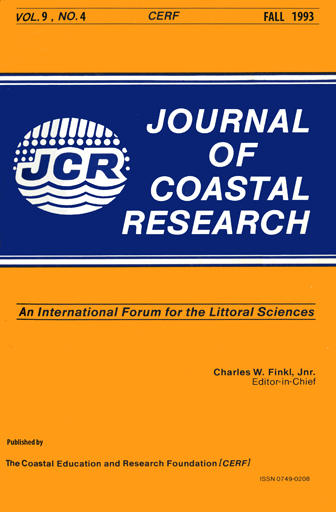On the Controls of Phytoplankton Abundance and Production in Coastal Lagoons
Keywords:
Phytoplankton, nitrogen, phosphorus, water turnover, freshwater, seawater, coastal lagoonsAbstract
The diversion of the Ebro River water to irrigate rice paddies and subsequent drainage into coastal lagoons results in a shift from the seawater-dominated phase of the water column of the lagoons from December to May, to a freshwater-dominated phase for the remainder of the year. The species composition of phytoplankton within the lagoons changes accordingly. This ecosystem level shift provides a unique opportunity to discuss the relationships between phytoplankton productivity and abundance and nutrient concentrations and the effect of water turnover on productivity of phytoplankton. During the freshwater phase, the nutrient concentrations and ratios are such that nutrients seem unlikely to limit phytoplankton production. During the seawater phase, relatively more dissolved inorganic nitrogen (DIN) than phosphorus (SRP) is consumed, the DIN:SRP ratio in the water is lowered below the Redfield ratio, the loss of nitrogen from the water is similar in magnitude and concurrent to the increase in particulate N, and changes of the DIN:SRP ratio and production rates are inversely related. All these relationships point to the phytoplankton uptake as a mechanism lowering DIN. The assemblage of marine phytoplankton species prefers to use nitrate rather than ammonium. The turnover rate of the water in the lagoons is not slow enough for nitrogen recycling mechanisms to supply sufficient N for P to become the limiting element of the phytoplankton growth.


